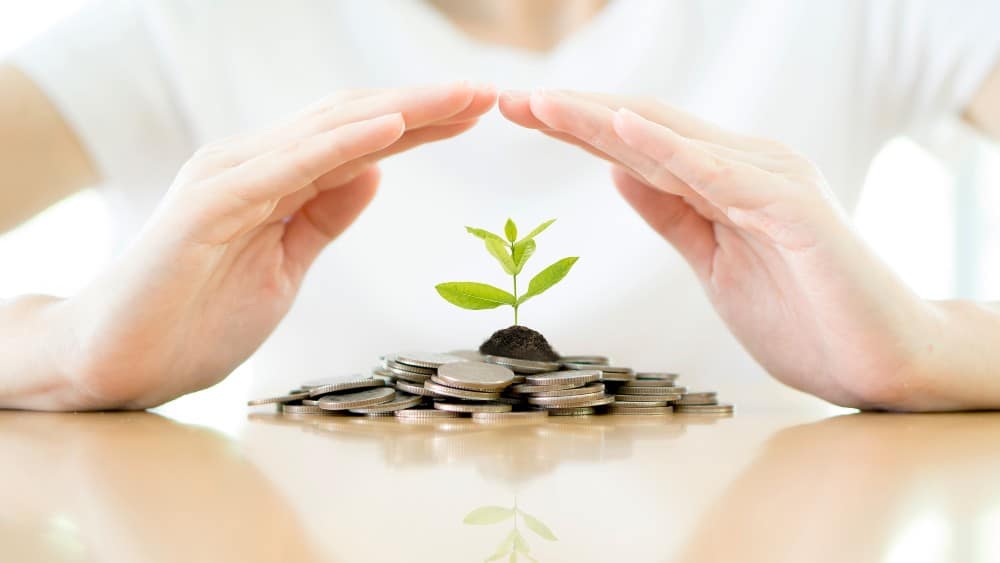Inflation is a terrible beast that can be hard for central banks to tame, especially if they’ve been complacent about it in the past. Undoubtedly, rate hikes are the way to fight inflation. But it’s going to take a lot more than just a handful of interest rate hikes to put the genie that is inflation back in his bottle for good.
Furthermore, there’s a dilemma that central banks need to think through. On the one hand, rate hikes stand to take an edge out of the economic growth. The coronavirus recession was horrid, and Canada has just bounced back from it. While the economy is in a much better spot today, it’s important to note that the pandemic is not yet over.
The supply chain issues, potential lockdowns, and restrictions could quickly come and go through the year and perhaps go into the new year. It’s tough to tell when the pandemic will end specifically. However, it has been quite encouraging for the recent wave of normalcy we’ve experienced, with the masks coming off in select regions and businesses returning towards full capacity.
As investors, we know things can change on a dime, and the economy could take another hit, despite the progress made with vaccines and everything learned about the insidious COVID-19.
Rate hikes could cause another recession, and elimination of inflation is not guaranteed
We’re not out of the woods yet. However, we are the closest to being out that we’ve been in these two pandemic years. Could COVID cause another recession? And could rate hikes exacerbate such a recession? It’s possible.
Billionaire investor Carl Icahn thinks a recession “or worse” is possible. While it may not be plausible, it could be possible if the worst-case scenario does end up unfolding, with the Ukraine-Russia crisis escalating or a potential resurgence of COVID-19.
Central banks will need to stay in the know, so they don’t make rate hikes more painful than they have to be. That said, they need to take inflation seriously. It’s gotten out of hand, and, arguably, we cannot have a sustainable, healthy economy until inflation is stomped. Whether a recession is needed to bring inflation back down remains to be seen. Regardless, investors should prepare in case exogenous events scare the Fed or BoC from raising rates in accordance with their schedules to tame inflation.
Investing amid inflation and volatility 101: Keeping it simple with utility plays
Could that mean that inflation will stick around for another few years? As dreadful as that may be, it could be the case. That’s why I’m a massive fan of undervalued dividend growers like Fortis (TSX:FTS)(NYSE:FTS) and Brookfield Renewable Partners at this juncture. Both firms are insulated from a potential recession or stagflationary environment, with pricing power to help investors make it through high-inflation times.
Fortis, in particular, is a low-beta stock that can help combat both volatility and inflation, given how secure its operations are. In good times and bad, inflationary or disinflationary, investors will not get too much in the way of surprise from the firm, as it continues raking in operating cash flows as expected.
Bottom line
Fortis is my favourite bond proxy in Canada. And I think today’s valuations are modest, given the cards we’ve been dealt. Whether it be inflation, stagflation, recession, or worse, I believe FTS stock is a foundation that works for most.








